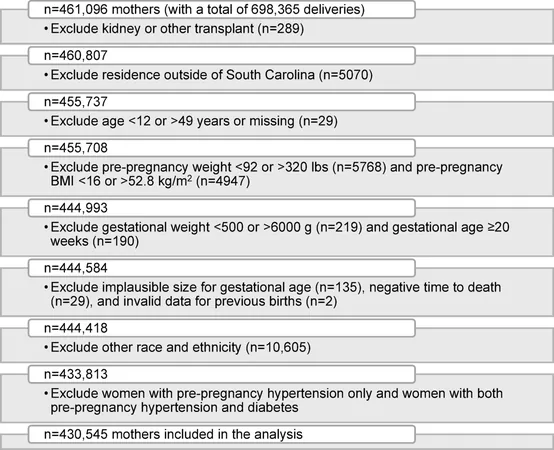
Revolutionary Research: Microsoft and CUHK Unveil Unified Vision-Language Models
2025-06-01
Author: Yu
🚀 A groundbreaking study from The Chinese University of Hong Kong and Microsoft is reshaping the landscape of AI! Researchers have discovered that unified vision-language models (VLMs) significantly enhance both understanding and generation tasks, challenging the conventional wisdom of using separate models.
Key Insights from the Study
🔍 The striking finding reveals that when VLMs are trained jointly on tasks related to understanding and generation, they outperform traditional models that tackle these tasks separately. This innovative approach leads to impressive improvements, particularly noted in Visual Question Answering (VQA) accuracy and Fréchet Inception Distance (FID) scores.
Unprecedented Performance Boosts
📊 By allowing models to learn from the synergy of both comprehension and creative generation, researchers observed a remarkable alignment between input and output, which enhances the generalization capabilities of the models across various tasks.
Why This Discovery Matters
💡 This research challenges the prevailing notion that understanding and generation in AI must function in isolation. Instead, it points towards the potential for a singular, cohesive model that offers more logical and effective outputs. This could revolutionize fields like automated customer service, where seamless interaction is key.
Exciting Applications on the Horizon!
🌟 The promising implications of unified VLMs extend to numerous applications, including:
1. **Enhanced AI Assistants:** These models can better interpret user queries and provide accurate, contextually relevant responses.
2. **Creative Content Generation:** They hold the potential to generate context-aware text or visuals tailored for marketing and design needs.
3. **Improved Accessibility Tools:** Unified VLMs could aid in creating tools that produce easily understandable content for individuals with disabilities.
Cautionary Notes
⚠️ However, it’s important to note that this study doesn’t delve into unified models utilizing diffusion-based generation, which could yield different results and insights.
The Bottom Line
🌐 Unified vision-language models represent a transformative approach to integrating understanding and generation processes in AI. This breakthrough holds immense promise for enhancing the efficiency and coherence of various applications, paving the way for smarter, more intuitive technologies.




 Brasil (PT)
Brasil (PT)
 Canada (EN)
Canada (EN)
 Chile (ES)
Chile (ES)
 Česko (CS)
Česko (CS)
 대한민국 (KO)
대한민국 (KO)
 España (ES)
España (ES)
 France (FR)
France (FR)
 Hong Kong (EN)
Hong Kong (EN)
 Italia (IT)
Italia (IT)
 日本 (JA)
日本 (JA)
 Magyarország (HU)
Magyarország (HU)
 Norge (NO)
Norge (NO)
 Polska (PL)
Polska (PL)
 Schweiz (DE)
Schweiz (DE)
 Singapore (EN)
Singapore (EN)
 Sverige (SV)
Sverige (SV)
 Suomi (FI)
Suomi (FI)
 Türkiye (TR)
Türkiye (TR)
 الإمارات العربية المتحدة (AR)
الإمارات العربية المتحدة (AR)